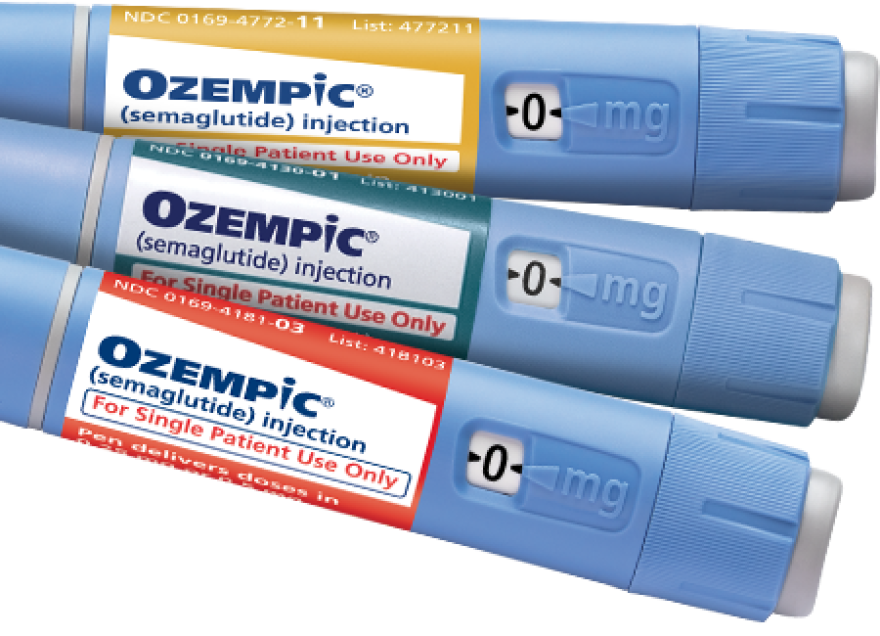Window tinting has become a popular choice for enhancing the functionality and aesthetics of windows in both residential and commercial window tinting new york city. This article delves into the world of window tinting, exploring its benefits, types, and considerations for choosing the right tint for your needs.
What is Window Tinting?
Window tinting involves applying a thin, colored film to the windows of vehicles or buildings. This film is designed to reduce glare, block UV rays, and enhance privacy. Window tinting can be done using various types of films, each offering different levels of protection and aesthetics.
Benefits of Window Tinting
- UV Protection: One of the primary benefits of window tinting is its ability to block harmful ultraviolet (UV) rays from the sun. UV rays can cause skin damage and fade furniture, flooring, and other interior elements. Window tints can block up to 99% of UV radiation, helping to protect your health and preserve the longevity of your interiors.
- Heat Reduction: Window tinting helps in reducing the amount of heat that enters a building or vehicle. By reflecting a significant portion of solar heat, tinted windows can help maintain a cooler indoor temperature, leading to lower air conditioning costs and increased comfort.
- Glare Reduction: Glare from the sun can be distracting and uncomfortable, especially while driving or working near windows. Tinted windows minimize glare, improving visibility and reducing eye strain.
- Enhanced Privacy: Tinted windows offer increased privacy by making it difficult for outsiders to see inside. This added layer of privacy is particularly beneficial for residential properties and businesses that require discretion.
- Improved Security: Window tinting can strengthen glass and make it more resistant to shattering. In the event of an impact or breakage, the tint film helps hold the glass together, providing an extra layer of protection against potential intruders.
- Aesthetic Appeal: Window tinting enhances the appearance of buildings and vehicles by providing a sleek and uniform look. It can also be customized to match the design preferences of the owner.
Types of Window Tint Films
- Dyed Window Tint: This type of film uses a layer of dye to absorb and block sunlight. Dyed tints are effective at reducing glare and enhancing privacy. They are generally more affordable but may not offer as much heat reduction as other types.
- Metalized Window Tint: Metalized films contain tiny metallic particles that reflect sunlight and reduce heat. They provide better heat reduction and UV protection compared to dyed tints. However, they can interfere with electronic signals and may have a slightly reflective appearance.
- Carbon Window Tint: Carbon films contain carbon particles, which block heat and UV rays without adding reflectivity. Carbon tints are durable and provide excellent heat rejection and privacy while maintaining a matte finish.
- Ceramic Window Tint: Ceramic films are composed of ceramic particles that provide superior heat rejection, UV protection, and clarity. They are highly durable, do not interfere with electronic signals, and offer a high level of comfort and protection. However, they are usually more expensive than other types.
- Hybrid Window Tint: Hybrid films combine elements of dyed and metalized films to offer a balance of heat rejection, glare reduction, and aesthetic appeal. They provide moderate benefits at a relatively affordable price.
Considerations for Choosing Window Tint
- Legal Regulations: Different regions have specific regulations regarding the level of tint allowed on windows, especially for vehicles. Ensure you are familiar with local laws to avoid fines and ensure compliance.
- Purpose and Needs: Consider the primary purpose of tinting—whether it’s for UV protection, heat reduction, privacy, or aesthetics. Choose a film that best meets your needs and preferences.
- Quality and Warranty: Invest in high-quality window tint films from reputable manufacturers. Check for warranties that cover issues such as peeling, bubbling, or discoloration.
- Professional Installation: Proper installation is crucial for achieving the best results and ensuring the longevity of the tint. Hire a professional installer with experience and expertise in window tinting.
- Maintenance: Window tints require minimal maintenance, but it’s important to follow the care instructions provided by the manufacturer. Avoid using abrasive cleaners and tools that could damage the film.
Conclusion
Window tinting is a versatile and practical solution for enhancing the functionality and appearance of windows in both vehicles and buildings. With benefits ranging from UV protection and heat reduction to improved privacy and aesthetics, window tinting offers a wide range of advantages. By understanding the different types of window films and considering key factors when choosing and installing tint, you can make an informed decision to optimize comfort, security, and style in your space.

